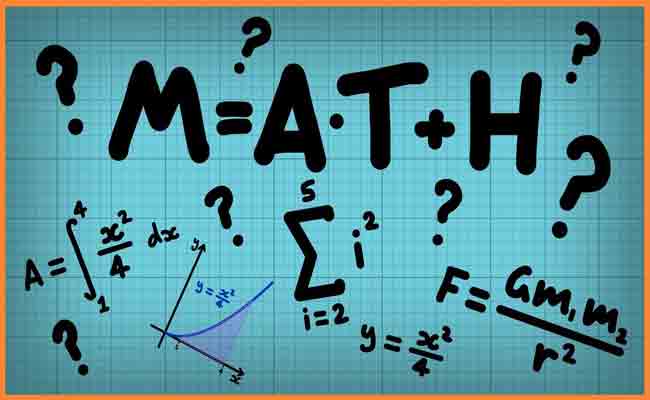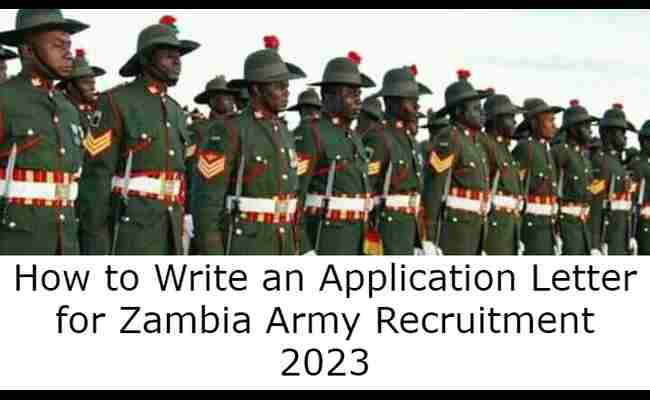
How To Get Free Instagram Followers And Likes
May 4, 2021
How To Prepare For Luxury Car Rental For Prom
May 7, 2021Hello friends how are you all? Today we are going to talk about the Prime Factorization And The Least Common Multiple. So friends without wasting time let’s get started our today’s topic.
Prime Factorization And The Least Common Multiple
LCM Of Numbers
The smallest number that is divisible by a given set of integers is known as the lowest common multiple or LCM. It only consists of natural numbers and not whole numbers as division by 0 is undefined. Multiples that are shared by two or more given numbers are known as common multiples, and the lowest value gives the LCM. The LCM of two numbers, p, and c are denoted by LCM (p, c). There are two broad ways to calculate the LCM of given numbers. We will discuss them both in depth.
Listing Method
In this method, we make a list of a few multiples of the given numbers. When we find the smallest multiple that is common to both, we have found the LCM of those numbers.
Example: Find the LCM of 9 and 18 using the listing method
- Multiples of 9 = 9, 18, 27 …
- Multiples of 18 = 18, 36, 54 …
- Common Multiple = 18
- LCM (9,18) = 18
Prime Factorization Method
The listing method works well for simple and small numbers. However, the list of multiples that a number can have extends up to infinity. Suppose we have numbers with four or more digits. Finding a common multiple amongst such numbers, especially if there are more than 2, becomes a very time-consuming and difficult process.
In such a situation, the best way to find the LCM of numbers is by using prime factorization. In this method, we factorize the given numbers into their prime factors and express them as a product of the primes. We then multiple all the prime numbers, ensuring that common primes are only repeated once to give the LCM.
Example: Find the LCM of 9 and 18 using the prime factorization method
- Factors of 9 = 3 × 3
- Factors of 18 = 2 × 3 × 3
- Multiplying the primes = 2 × 3 × 3 (As 3 is repeated 4 times we write it twice)
- LCM(9,18) = 18
Application Of LCM
- LCM is used when we have to make calculations regarding events that are or will be repeating over and over.
- When we have to purchase or get many items so that we have enough, LCM is used to find the right quantity.
- To find out if something will happen at the same time again.
Example: Mac exercises every 8 days, and Macy exercises every 6 days. If both Mac and Macy exercise together today, when will they exercise together the next time?
Solution: As we have to find the earliest (least) time elapsed before the event of exercising (multiple) occurs at the same time (common) again hence, the LCM will have to be used to find the answer.
- Factors of 8 = 2 × 2 × 2
- Factors of 9 = 3 × 3
- Multiplying the primes = 2 × 2 × 2 × 3 × 3
- LCM(8,9) = 72
Conclusion
LCM is a topic that is required to solve several daily questions. Other concepts, including prime factorization that are encompassed by this topic, are equally important. Thus, it is best to join an educational institution such as Cuemath to supplement your school curriculum and build a robust foundation in Mathematics.
The certified math experts use several resources such as interactive worksheets, workbooks, visual simulations, math games, etc., to deliver an impactful lecture. Children are encouraged to maintain flexibility and their own pace of learning.
They are helped in building up reasoning, logical and critical thinking cognitive skills that can be transferred to any subject. So what are you waiting for? Start your journey in Math with Cuemath today.




